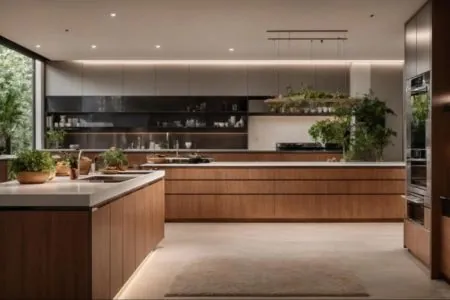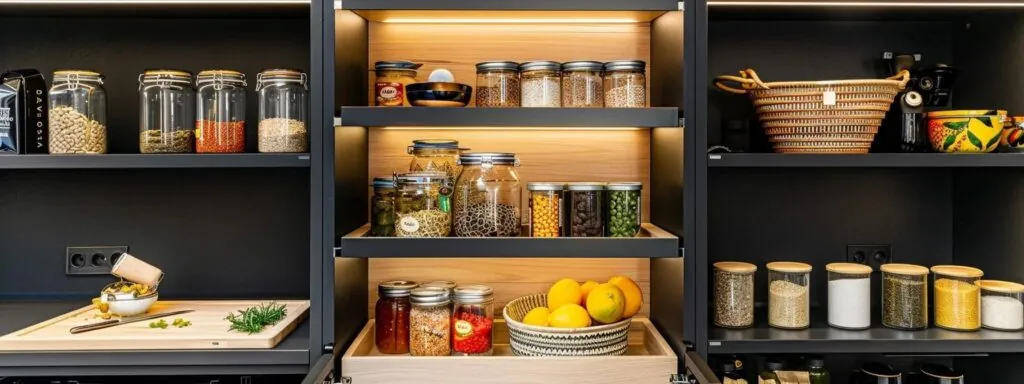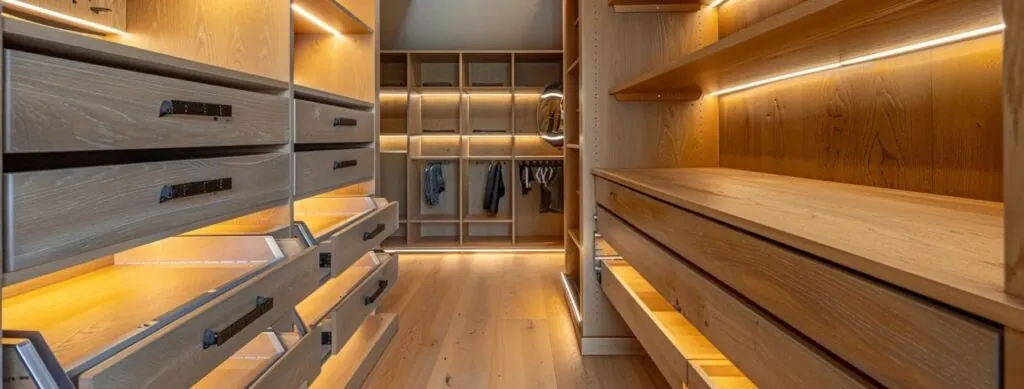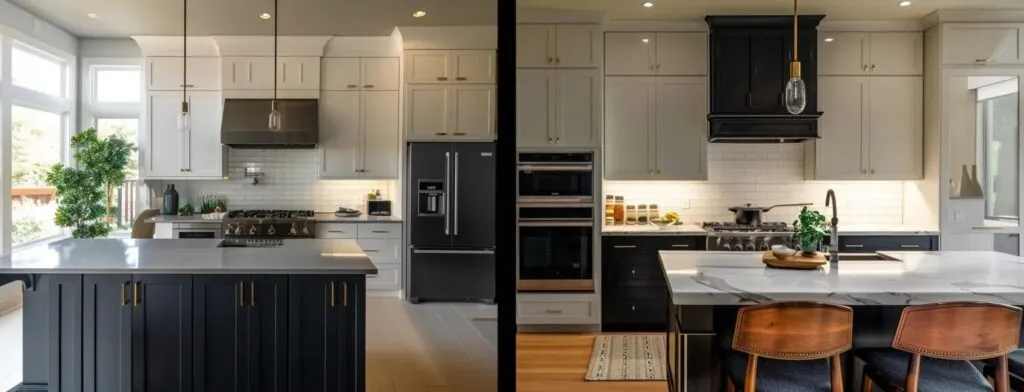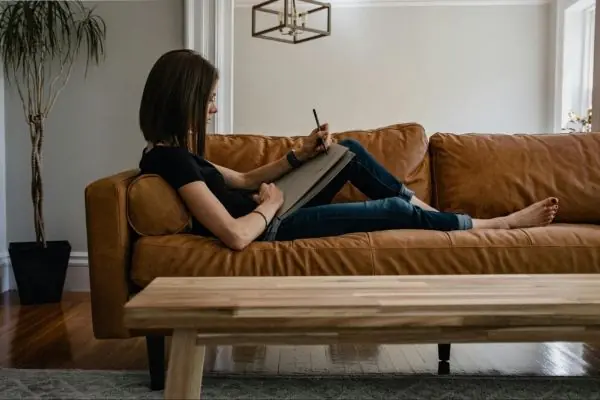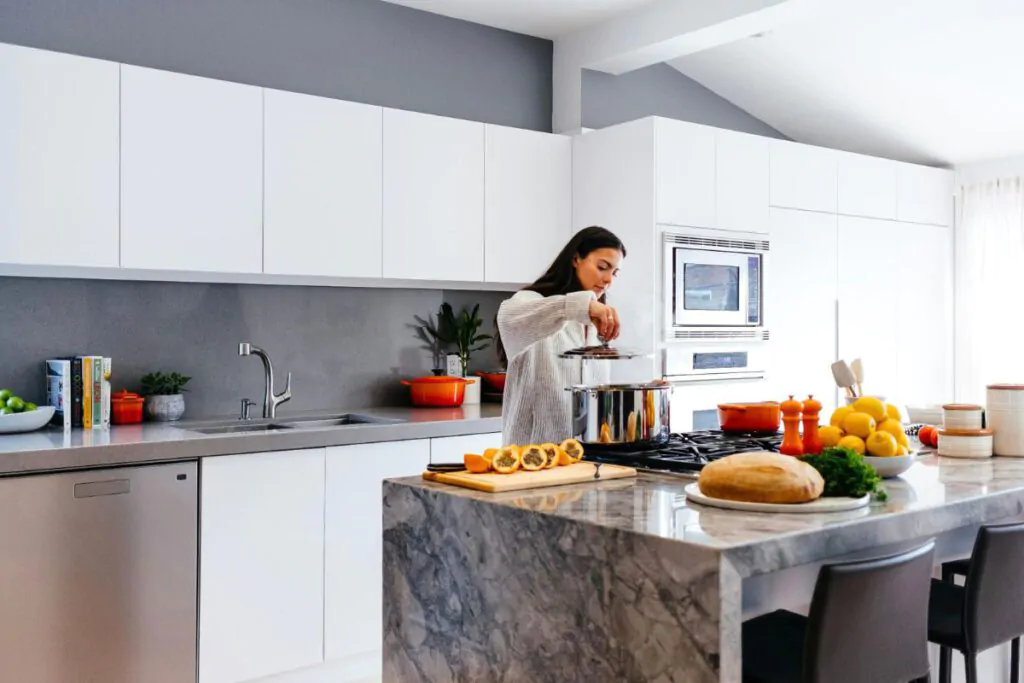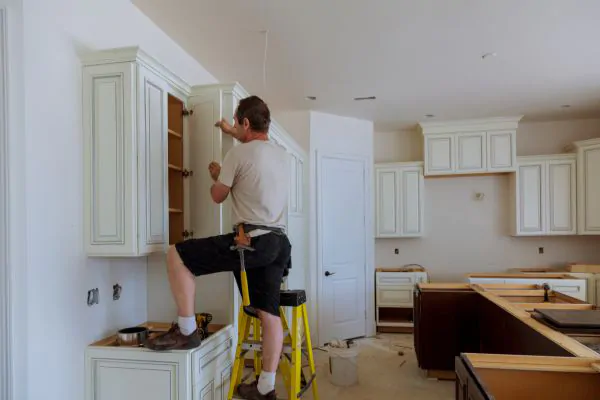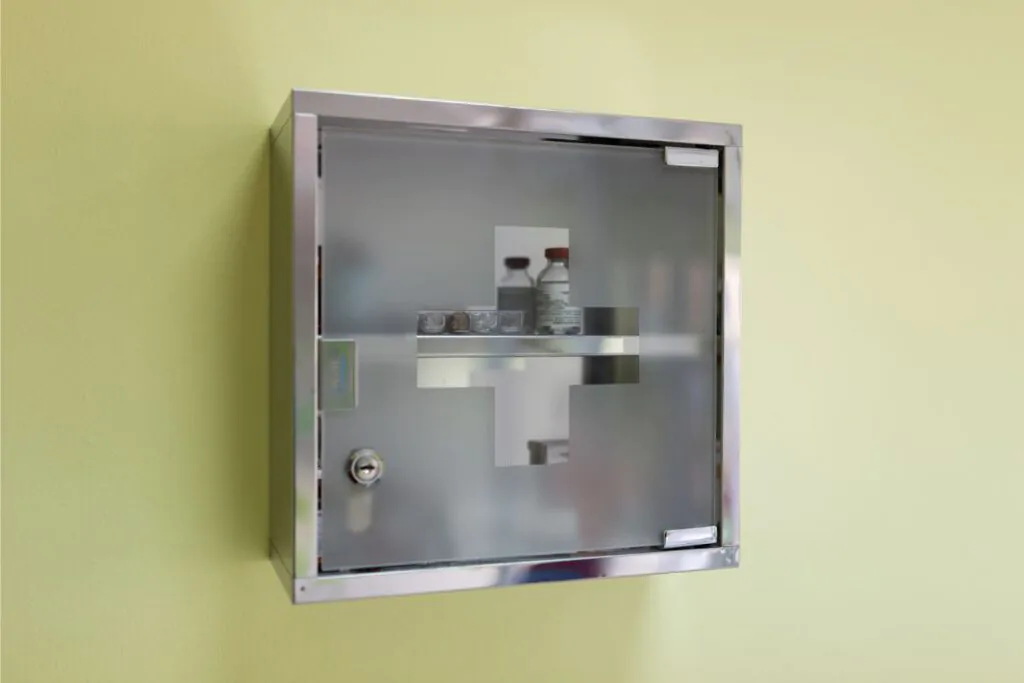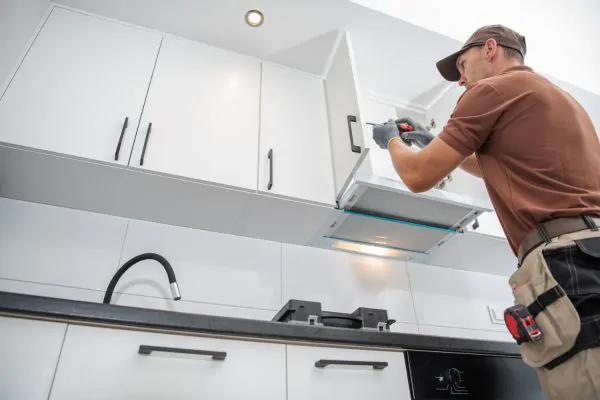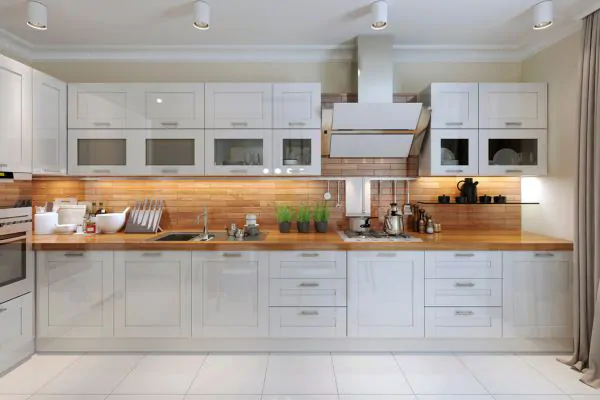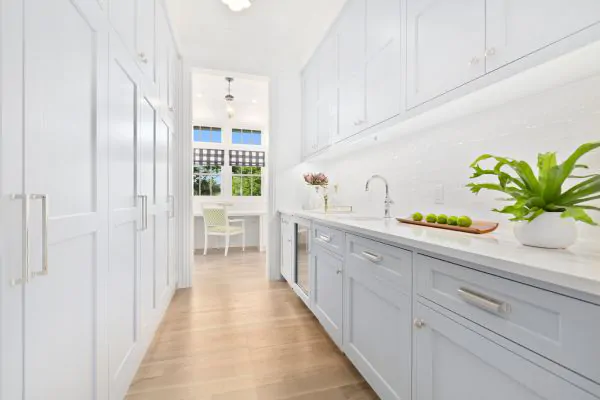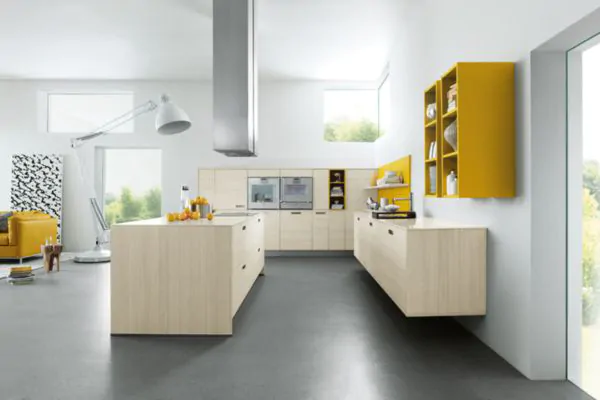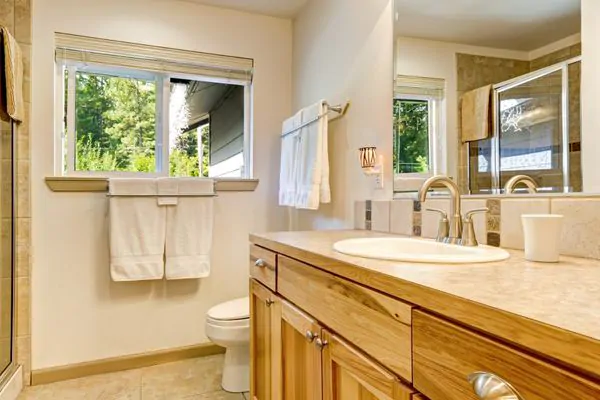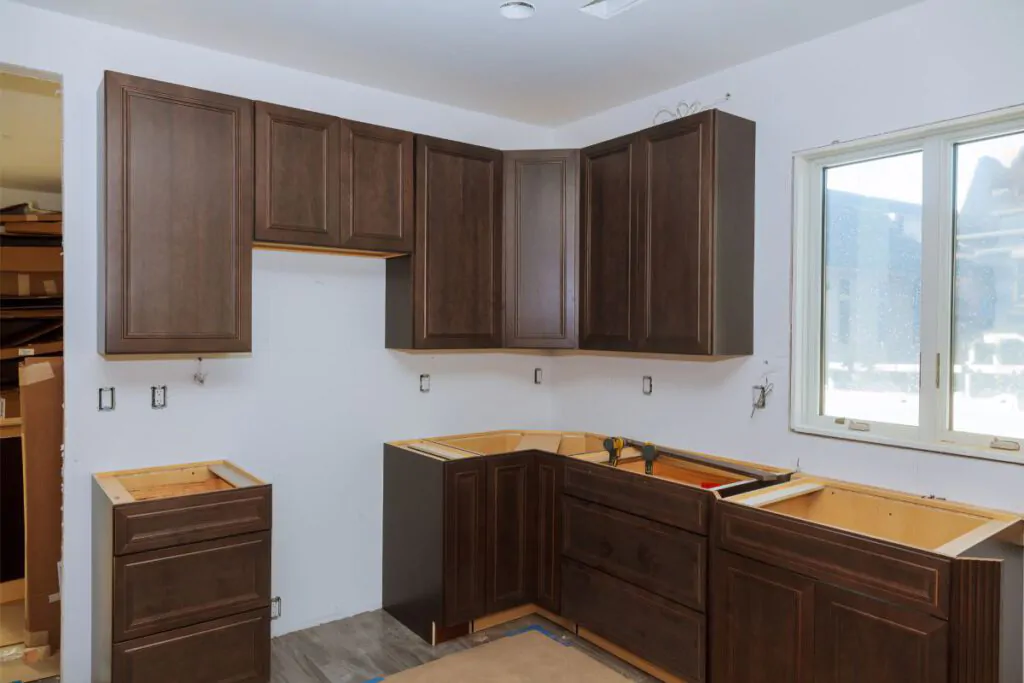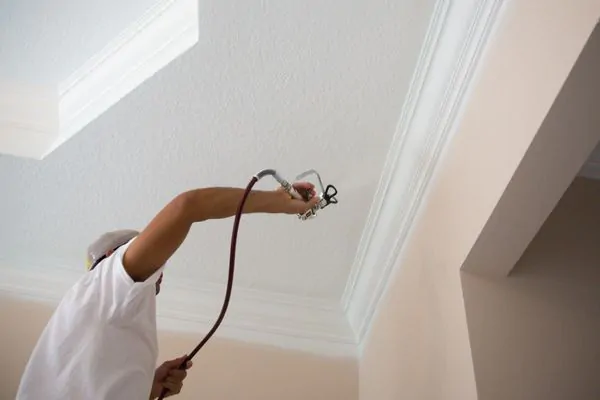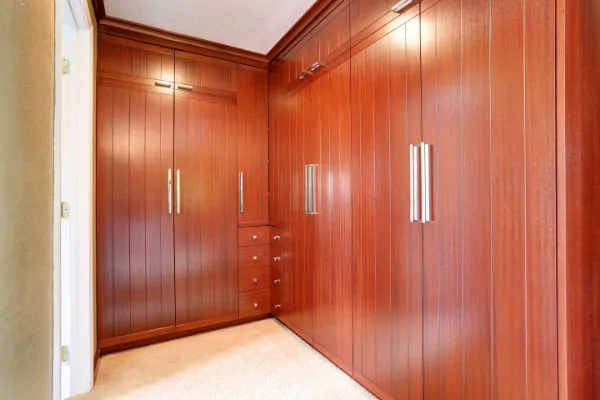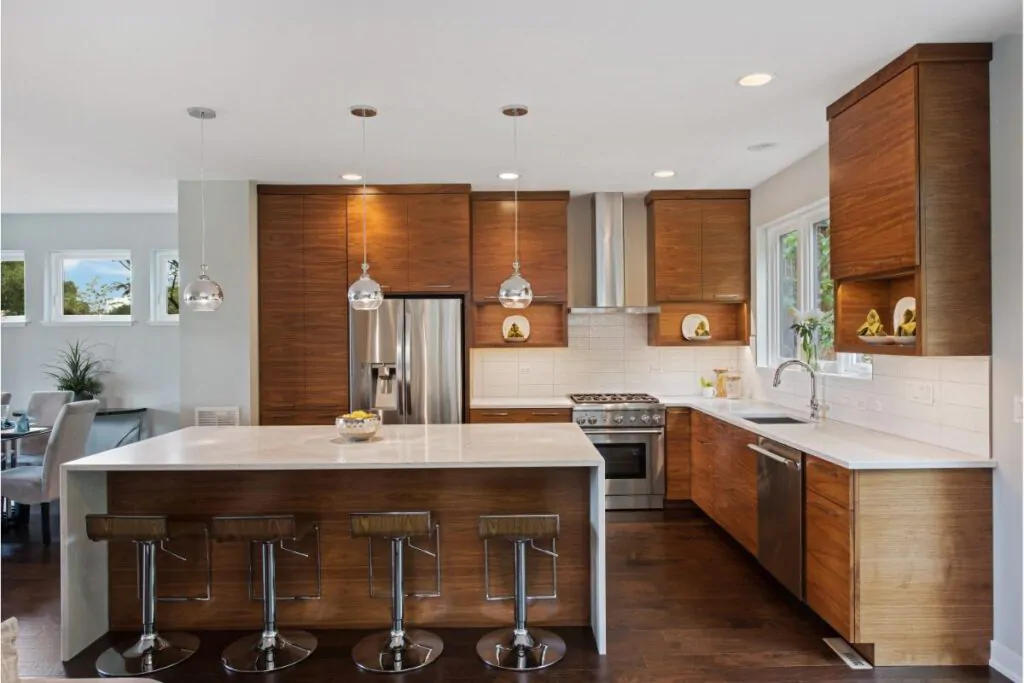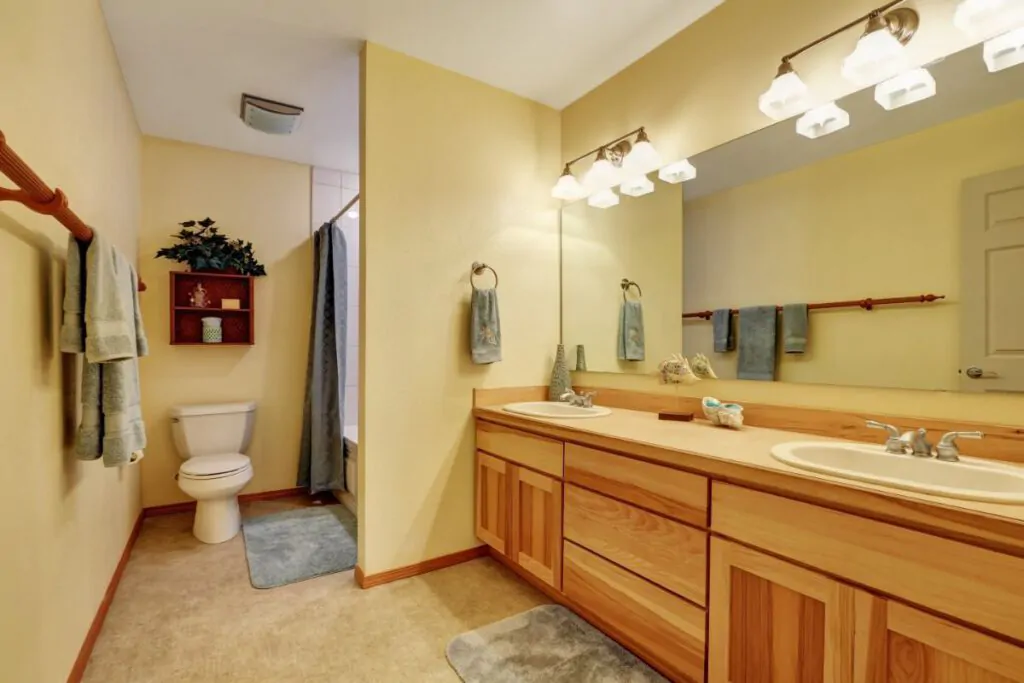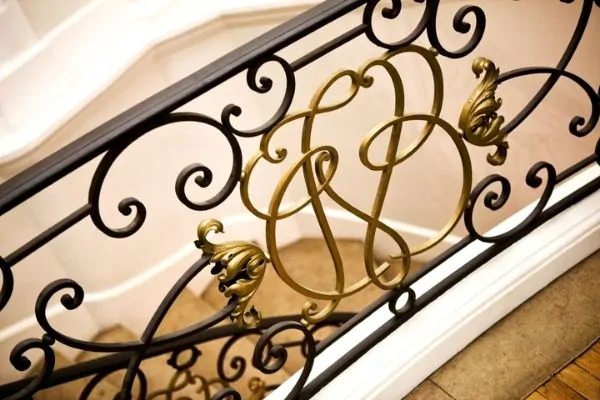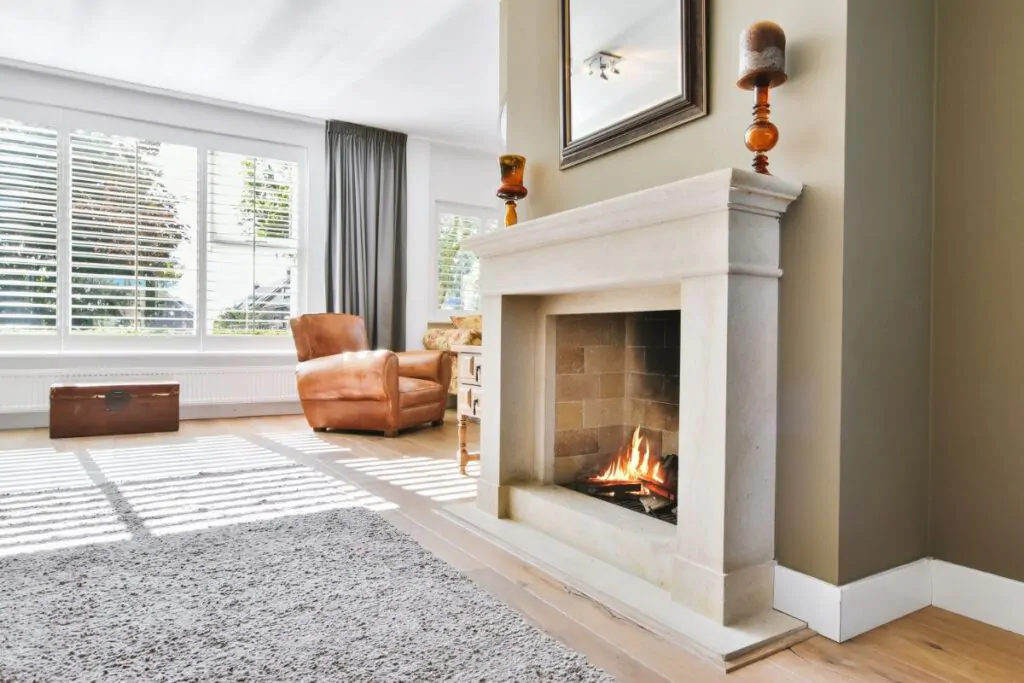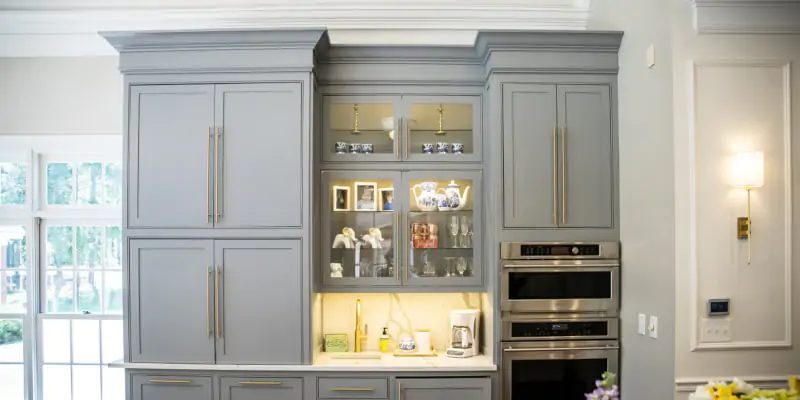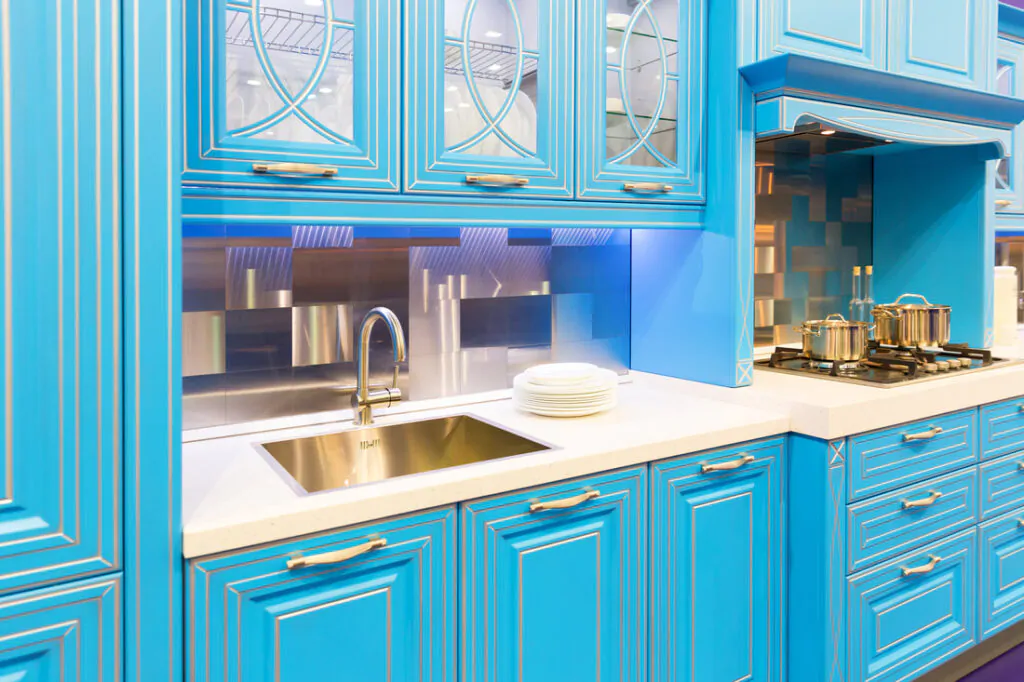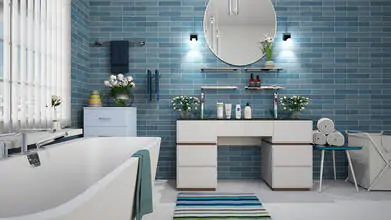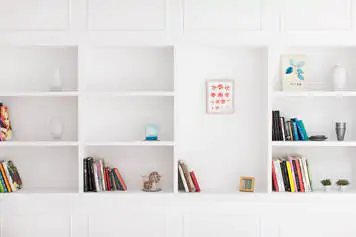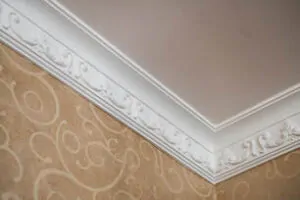
There is no denying the beauty of decorative moldings in a home. They can add a level of depth, charm, and character to any room in your home or office space.
While decorative molding is nothing new, in recent years, it has become extremely popular.
What Exactly Is Decorative Moldings?
Decorative moldings are the trim you often see around doors, windows, baseboards, and ceilings. They can also be seen on mantles, safety rails, and handrails.
These moldings can be made from hardwoods, stone, softwoods, composite materials, fiberglass, and various other materials.
Back in the day, most decorative moldings were made using natural wood. And while beautiful they were, they were also challenging to paint. The composites used in this day and age don’t require any priming or sanding. They are also a lot easier to cut and paint than natural wood is.
The Three Most Common Types of Decorative Moldings
Many different types of decorative moldings can be used to spruce up a room. However, there are some that are the most common. Let’s briefly discuss the top three.
Crown Molding
Crown molding is, without a doubt, the most common type of decorative molding. This overhead crowning flares out into space at the very point where the ceiling and walls meet. It is most often seen in Victorian and Colonial style homes.
The great thing about crown molding is that it can be as simple or as elaborate as possible. There is literally no limit to creativity and design – there are thousands of patterns and styles to choose from. If you have a lot of imperfections, crown molding can serve as the perfect concealer.
It is made to sit on the wall and ceiling at the same time. This helps enhance the overall visibility of the space. When you have crown molding, it immediately draws the eyes of anyone who walks in the room.
Casing
Casing is another popular decorative molding that can be used both inside and outside. It is the type of molding that goes around the perimeter of doors and windows.
Generally, casings are 2 to 3 inches wide. However, there are deeper designs that are also available.
If you are seeking a simple and effective way to refine your doors and windows’ look, casing is the way to go. And the best part is you can customize it to fit with the design that’s already in the space.
Picture Frame Molding
Last but not least, we have picture frame molding. Picture frame moldings are exactly what they sound like. They are square or rectangular shapes that look like empty picture frames. You will usually see them lining hallways and stairs.
This oldie but goodie can add an excellent level of detail to an otherwise plain-looking wall. While not as common, picture frame molding can also be used on the ceiling. When used on the ceiling, it mimics a coffered look.
Related Post: 4 Types of Decorative Molding for Your Home
If you would like to add another visual element to the wall, consider using chair rails. They have significant advantages and can be used on the lower levels of the wall.
Give Us a Call Today
As you can see, decorative moldings can be used in a variety of different ways. All are unique in their own right and bring something extra special to any living space.
The important thing is to discover the right one for your unique space.
If you need help coming up with the right style, our custom cabinet team would love to help. Give us a call today for a free instant quote.
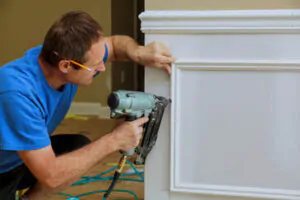
FAQs Enhancing Your Home with Decorative Moldings
Do modern homes have crown molding?
Modern homes can have crown molding, but the style is often more streamlined and minimalist than traditional, ornate designs. Crown molding in modern homes tends to feature clean lines, simple profiles, and subtle detailing, enhancing the architectural style without overwhelming the space. Instead of intricate carvings, contemporary designs often favor sleek, square-edged, or cove-style molding, which creates a smooth transition between walls and ceilings. Another trend in modern homes is hidden LED lighting within crown molding, adding ambient lighting for a sophisticated touch. Additionally, some homeowners opt for painted or monochromatic molding that blends seamlessly with the ceiling, maintaining a crisp, open feel. While traditional crown molding may not suit every modern home, a well-chosen design can add elegance and refinement without feeling outdated. Ultimately, the key is selecting a style that aligns with the home’s overall aesthetic and design vision.
Does molding increase home value?
Yes, decorative molding can increase home value by adding architectural interest, character, and sophistication to a space. Buyers often appreciate the polished, custom look that molding provides, making a home feel more refined and finished. Crown molding, baseboards, wainscoting, and chair rails can all contribute to a high-end aesthetic, helping to set a property apart in the market. High-quality molding creates visual appeal and a sense of craftsmanship, making rooms look larger, ceilings appear taller, and interiors feel more luxurious. Even minor upgrades, such as updating outdated molding styles or adding subtle trim work, can significantly impact. In addition to aesthetics, well-installed molding can help protect walls from damage, adding durability to high-traffic areas. While the return on investment varies, homes with thoughtfully designed molding often sell faster and at higher prices, as buyers see them as move-in ready with a premium feel.
Is molding outdated?
Molding is not outdated, but styles and trends evolve over time. While highly ornate, heavy molding may feel old-fashioned in some modern spaces, sleek, minimalist trim designs remain timeless and adaptable to various interior aesthetics. The key to keeping molding current is choosing the right profile, scale, and color to complement your home’s style. For contemporary homes, simple crown molding with clean edges or recessed molding can create a sophisticated yet understated look. On the other hand, in classic or transitional spaces, molding with moderate detailing can add warmth and elegance without feeling excessive.

